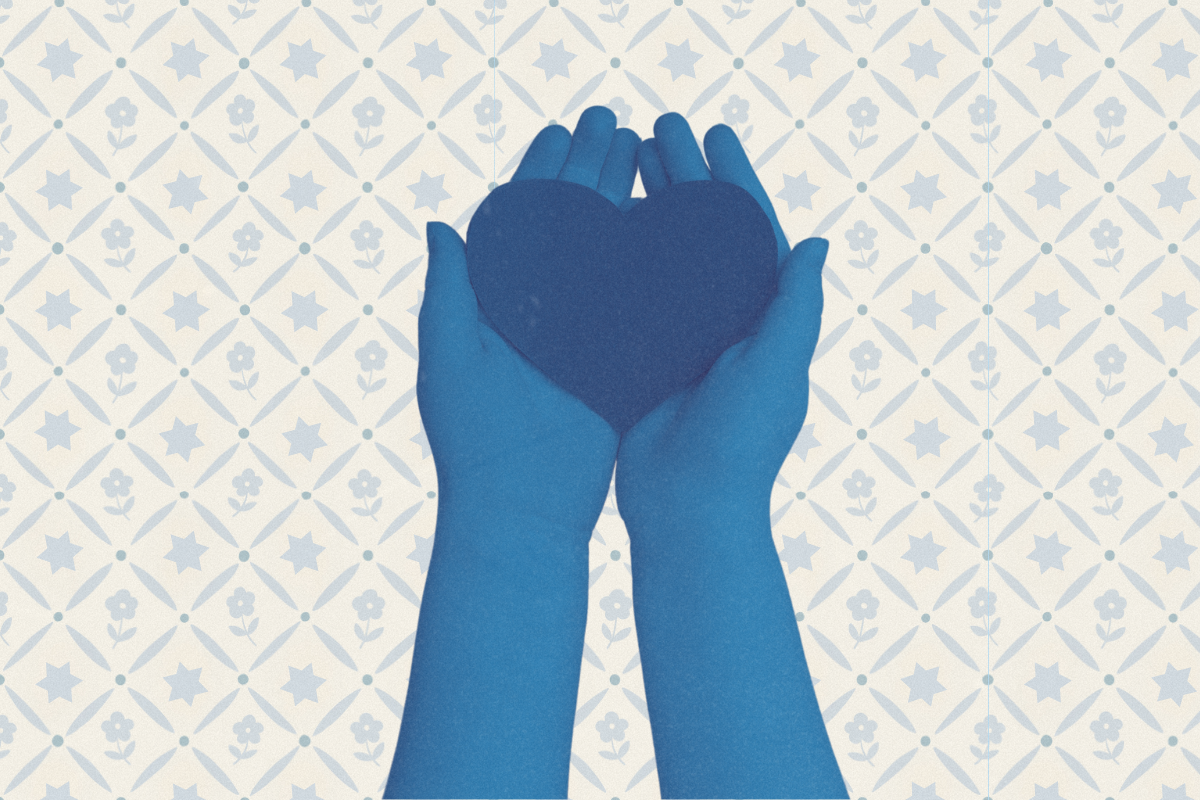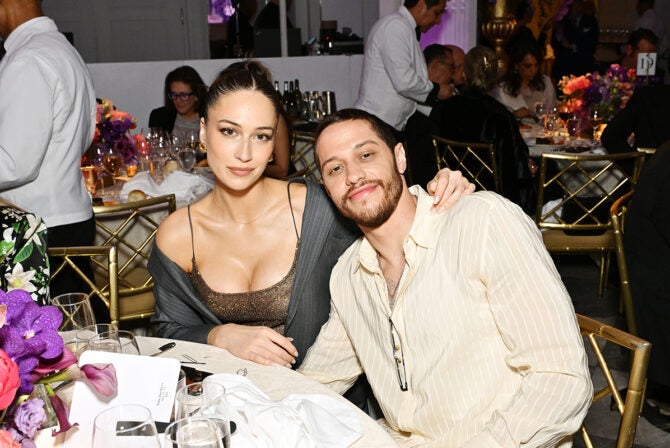
As part of our month-long series dedicated to Women, Work & Money, Alina Adams shares her strategy for donating time and skills instead of money.
When I wrote my earlier piece about how to save money by (primarily) not caring about what other people had, I stressed that it applied to those in your higher and comparable financial strata. Caring about people who have less than we do is a completely different issue.
However, when it comes to
tzedekah
, I have chosen to teach my children that there are ways to contribute other than monetarily. Not only because, as a teacher and a writer living in New York City with three kids in private school we don’t have a lot to spare, but also because I truly believe that giving means more when you actively do something to heal the world, rather than merely pay someone else to take care of what you perceive to be a problem.
And that active doing can take a variety of forms, from the micro to the macro, from the personal to the political, from the domestic to the international.
Helping others can mean simply offering an overwhelmed fellow mom a hand by taking her child off her hands for an afternoon (or, hey, how about a sleepover?).
It can be volunteering at your child’s school to help put on coats and boots so the teachers are free to do other things, or raising money to pay for classroom supplies, enrichment programs, or scholarships.
It can be cleaning up your local park or playground for everyone to enjoy, or registering voters for the cause of your choice, or spearheading a petition to add a stop sign at the crosswalk down the street.
You can help your favorite charity by answering phones or stuffing envelopes or handing out flyers or making deliveries.
With Hurricane Sandy hitting so close to home last month, my kids and I went through all their things to collect clothes, toys, books, and blankets we could bring down to the school being used as a shelter.
In addition, you can contribute your particular talents to a cause you believe in, saving them the expense of hiring a professional to do the same thing. I’ve written numerous press releases, editorials, and even feature articles in newspapers and magazine for non-profits. Some of them have even served the double purpose of promoting the charity and also letting others know this organization was out there to help. I’ve used my language skills to translate for Russian orphans being brought to the US in the hope of finding them adoptive families, and looked over medical records for American families who want to know what the Russians aren’t telling them.
My husband, working with a new charter middle school in the Bronx has developed a Kindle-based curriculum for their use, wherein students without access to computers can get everything they need by using a simple Kindle, including access to their free library of classic literature. He’s also physically rebuilt donated computers for a school in Harlem for classroom use.
Everyone has something they can do that offering it for free saves the recipient money. You can teach a class on your hobby at a community center or old age home. You can help new immigrants figure out their tax forms. You can cook for a homeless shelter or write letters to soldiers serving overseas. Foster and train a service animal. Cuddle hospitalized babies with AIDS or sort clothing at a Salvation Army donation center. Record a book on tape to be enjoyed by the blind.
Every Friday at my daughter’s Jewish day school is Tzedakah Day. The kindergartners bring in coins that they put in the blue and white box, and, at the end of the year, they’ll decide what worthy cause they want to give it to. This is the traditional model, and I have no trouble with it.
As someone who goes out of her way to conserve money
, I know how important money is and how much good it can do. I would never, ever discourage anyone from giving money, and I would never tell them what cause was or wasn’t worth their donation (just like with spending decisions, it’s a completely personal, values issue).
But, as a parent who–let’s be honest–wants my kids to value the things that I value (I said I’d never tell other families what causes were worthy; that hands off policy so doesn’t apply to my own), I like the idea of letting them see their good deeds in action.
No only so that they can evaluate what works, but also so that they can recognize what doesn’t. And receive another lesson in how good intentions and The Golden Rule
can sometimes miss their mark.
In my experience, it’s sometimes so easy to get wrapped up in doing good and feeling personally enriched by the process, that we forget to check if our efforts bore any fruit. At least with hands on projects, you get to see if you were actually of use to the cause you were purportedly helping.
To help an amazing non-profit win $5,000 from PJ Library and Kveller, vote here throughout the rest of November.
This series was brought to you by a generous grant from the Jewish Women’s Foundation of New York. For more information about the important work they do, go here.







